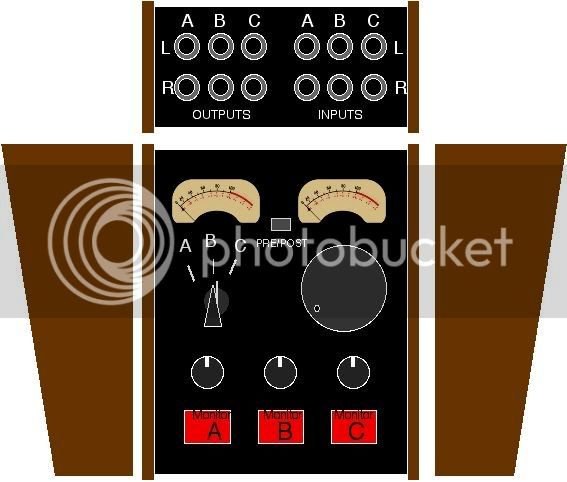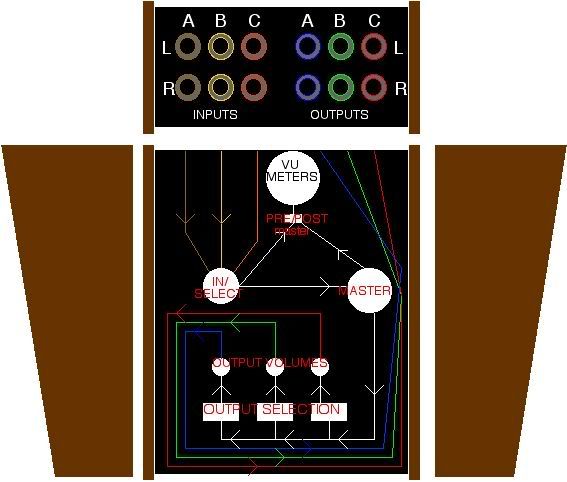> It features one heavy duty switch and knob
The usual run of cheap mechanical KVM switches are NOT "heavy duty". I'm rather disgusted by them. However, in low-level audio the poor contact and possible short-between may do less damage than I've seen on keyboards.
The electronic switches probably won't handle audio (or they might, but it will be lo-low-Z and unidirectional).
> I figure I can ignore the PS/2 ports
If you do go there, bypass the diodes used to leak power to the idle keyboard/mouse.
> the cables that can be found attached to abandoned computer monitors are designed for digital data transmission...
Actually, 15-pin VGA signals are analog. Yup, digital inside the video card but the 15-pin is fed from the output of a DAC. At the time, that was the most practical way to handle things. Anyway, inside a VGA monitor everything is analog: slewing the grid-cathode voltage on an electron gun.
You don't get digital on the wire until you get to the new-fangled DVI connectors, and sometimes not even then (some have analog signal, and some "DVI" monitors really use the analog signal). DVI makes sense in LCD displays, which often want digital going to the LCD panel drivers; but analog VGA is so ubiquitous that most LCD displays have the ADC converter anyway.
> I presume that they will be inadequately sheilded for audio signals
I think you will be cool in any EMI environment where you'd want to have fine audio on RCA plugs. Leakage "out" of the cable degrades the super-fast video, so even low-grade video cable is usually "air-tight" at audio frequencies.
If you ran a mile of video cable, you could have loading issues, but the amount you will get with wirecutters in the junkroom won't be long enough to hurt.
That stuff is sometimes very un-fun to strip and terminate.








